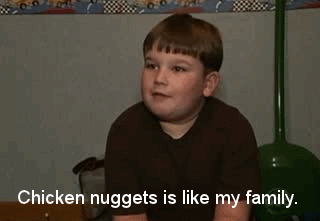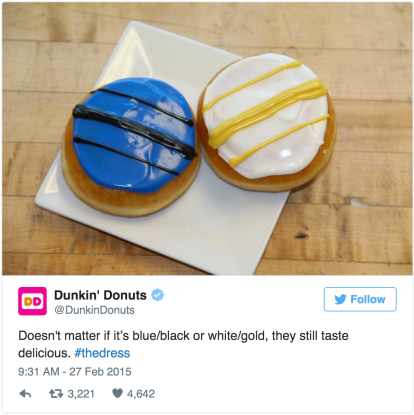In a time when everyone is looking for their 15 minutes of fame, the internet has yet again provided us with an answer.
The growth of social media has allowed for the rapid acceleration of shared content among users. While this has provided me with the opportunity to find my spirit animal in a chicken nugget-loving hillbilly by the self appointed name of King Curtis, it has also provided marketers the opportunity to dramatically increase their reach through going viral.

Going viral is now a well known concept whereby an electronic word of mouth is utilised in order to spread a message. Word of mouth is said to be 7 times more effective than traditional forms of advertising. However, its reach only extends to a few people, thus having an electronic word of mouth can ensure a trusted and effective message is spread to a large audience.
But when 48 hours of video content is uploaded to YouTube every minute, how can you guarantee YOUR message will go viral?
YouTube’s trend manager Kevin Alloca believes the answer lies in 3 key principles.
TASTEMAKERS
Tastemakers are the ones who help the communication go viral, by sharing fresh and relevant content through various social media channels. The benefit of tastemakers, is that they tend to be highly influential individuals with a large following. This generates a widespread WOM and sense of awareness, thus accelerating the spread of the message and achieving a viral effect.
COMMUNITY PARTICIPATION
Seeing as it is the audience who defines the popularity of the message, it is crucial that the message comes across as memorable and interesting. Having a message that provokes emotion, creativity and participation gives the audience a point of discussion. One of the most memorable viral messages (and honestly I’m so sorry to bring this up again) was the ‘Blue or gold dress’ photo. Viewers tirelessly debated over the true colour of the dress, only adding to the popularity and reach of the photo (and my insanity). The photo also had the ability to be parodied in many creative ways, thus engaging the audience and gaining popularity.

UNEXPECTEDNESS
Lastly, in order for the communication to stand out, it must be unique and unexpected. With so much content online, it is easy for a message to get lost. Keep the communication relatable to the audience, yet distinctive to other videos.
So theoretically according to Alloca, we can all have our 15 minutes in the spotlight!
Do you think that Alloca’s key principles can ensure a viral message, or are there other factors that need consideration? Let me know in the comments below!

I thought your blog post this week was clear and succinct and I think you’ve mentioned some important points about viral marketing campaigns. Regarding Alloca’s three tips on going viral, I agree that it’s important to find the right people to share your message especially those perceived as influencers or opinion leaders. This concept is similar to Kaplan and Haenlein (2011)’s article which describes three types of messengers: market mavens (experts in a particular field that people listen to) receive the message, social hubs (those with a great number of social connections) distribute it and salespeople (those who make a message relevant and persuasive) amplify it. This also ties in with your point about community participation and engaging the consumer to discuss the campaign further or share it with their friends.
The other point you made about having a unique or unexpected message is also vital. Kaplan and Haenlein also discuss the value of having a memorable and interesting message by triggering an emotional response in the audience whether that’s humour, sadness, shock or intrigue.
One last condition to make an idea, trend or campaign go viral that I believe warrants consideration is what Kaplan and Haenlein refer to as the environment. There are two components to this condition: Dunbar’s number and some good old fashioned luck. First of all, Dunbar’s number is the idea that there is a limited number of people to whom one can have genuine and meaningful social relationships with (usually 150 or lower). Therefore, marketers shouldn’t aim to share their message too wide but focus on promoting the message in this initial seeding population and watch the message reproduce organically. Finally, and perhaps one factor that is overlooked is a bit of luck, it’s all about being at the right place at the right time.
References:
Kaplan, Andreas M. and Michael Haenlein (2011), “Two Hearts in Three-Quarter Time: How to Waltz the Social Media/Viral marketing Dance,” Business Horizons, Vol. 54, pp. 253-263.
LikeLike
Hey Mel! Glad you enjoyed this week’s blog 🙂
I like how you brought up what to do after you have posted your message. As you said marketers shouldn’t spread their message too wide, they should aim to spread it to a select group who will then let the message spread to their friends. I think that once a business has sent out their message, they should try to let it spread organically. I know that if I saw a message constantly being promoted by its own company I would find it less appealing and therefore less likely to spread it.
And I hadn’t even thought about the luck of it! You’re right, it definitely gets overlooked.
Thanks for the comment!
LikeLike